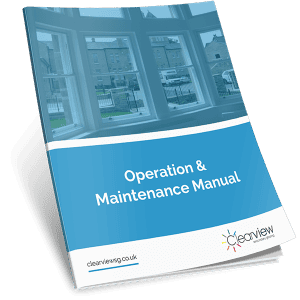Clearview secondary glazing has been designed keeping the need for maintenance to a minimum.
Read these product-specific cleaning and maintenance instructions for your secondary glazing. Download our Operation and Maintenance Manual below and read before carrying out maintenance, cleaning and operation.

 10 Year Guarantee
10 Year Guarantee 5 Star Customer Reviews
5 Star Customer Reviews

